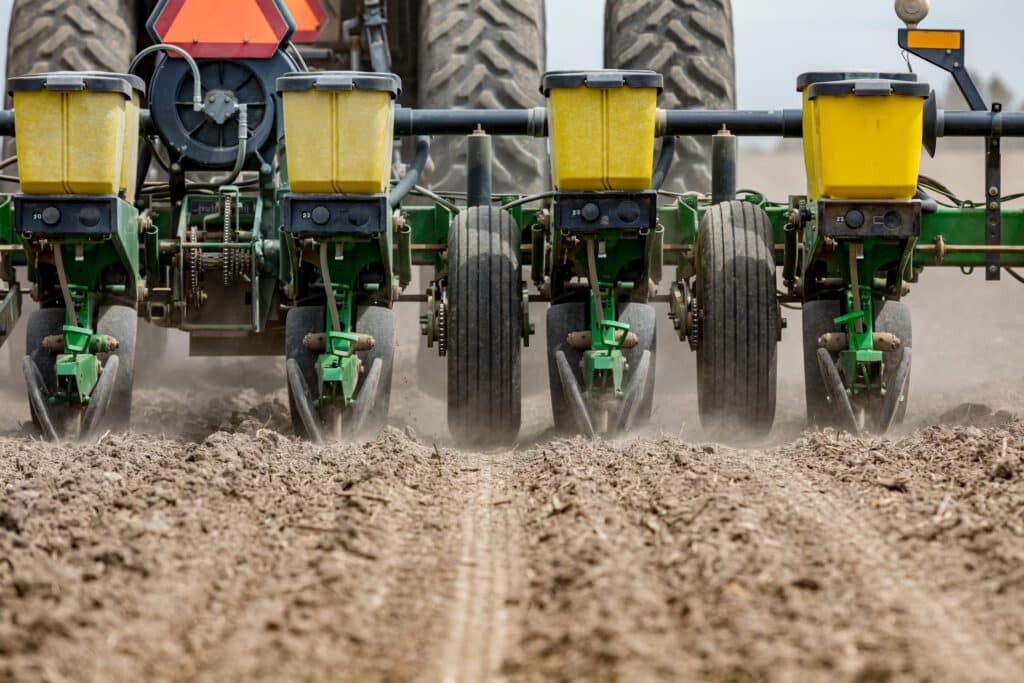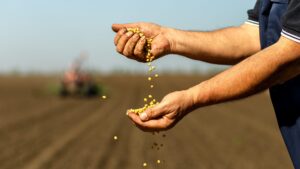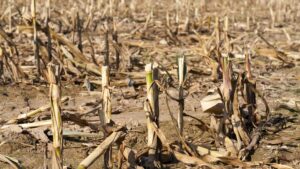Did you know seed treatments have been around for over 300 years? For centuries, growers experimented with seed treatments to protect seeds and promote growth. Today, supporting seeds includes investing in seed treatments and inoculants, stacked with innovative technologies, like a superior soil microbial food, to support germination, stand establishment, and yield production.
Seed Treatments
Traditional seed treatments protect seeds from pathogenic diseases, insects, and pests, aiding in enhanced seedling emergence and plant vigor. Today, many seed treatments include layers of chemicals, biological organisms, microbial food, and/or a nutrient material to support emergence, stand, and early season benefits.
When seeds aren’t treated, pathogens, nematodes, and insects can stress plants and damage or kill seeds and seedlings, resulting in early season diseases, poor nutrient uptake, reduced stand establishment, and/or potential yield loss.
Look for fast-acting seed treatments compatible with your seed genetics and soil. Protect your seeds from known diseases and pests and provide them with nutrients they need. Essential additives, like seed and soil microbial food, easily incorporate with your current seed treatments. In general, seed treatments can help improve soil health, crop health, increase yield potential, and create better food quality.
Seed treatments help growers save money and support sustainable agriculture practices by lowering pesticide use. Decreased usage of sprayed pesticides is good for protecting essential pollinators. It’s also beneficial for growers, helping them to save money on product, labor, and diesel. Plus, active microbes help your fertilizer applications go further.
Inoculants
Some crops need seed treatments, some need inoculants, and some need both. Inoculants can include rhizobiaand brady rhizobium bacteria known for supporting soybeans, cotton, peanuts, potatoes, and cover crop roots. These bacteria fix nitrogen for plants to access in exchange for carbon. Inoculants can also include biofertilizers or biopesticides. Biofertilizers promote growth by stimulating roots and increasing nutrient availability. Biopesticides kill pests or reduce pest food availability. Investing in biofertilizers or biopesticides reduces plant disease and/or stress and increases yield.
Soil Microbial Food
Adding a superior microbial food to your seed treatment supports soil health and stimulates microbial activity in the spermosphere, where the seeds first interact with the soil. Innovative seed treatments that feed the seed and soil microbes create an environment to support germination, stand establishment, vigor, and early crop development to maximize yield potential. Growers realized the following yield increases when incorporating a carbon-rich microbial food application into their seed treatment programs to feed both soil and seed microbes.
| Crops | Average Yield Increase |
| Cotton | +52 lbs/acre |
| Corn | +10 bu/acre |
| Soybeans | +3.5 bu/acre |
| Wheat | +4.6 bu/acre |
| *results owned by Heliae¨ Agriculture/PhycoTerra¨ |
The utilization of a new, innovative seed treatment technology will help give you the advantage over traditional seed treatments and inoculants to help combat the increasing yield and quality needs. Food demand is predicted to increase 70% to 100% by 2050. Farmers need solutions to make the most of every seed with seed treatments, inoculants, and soil microbial food.
Learn how to maximize your winter wheat or cover crop planting by watching our latest webinar on-demand.









